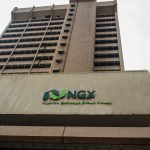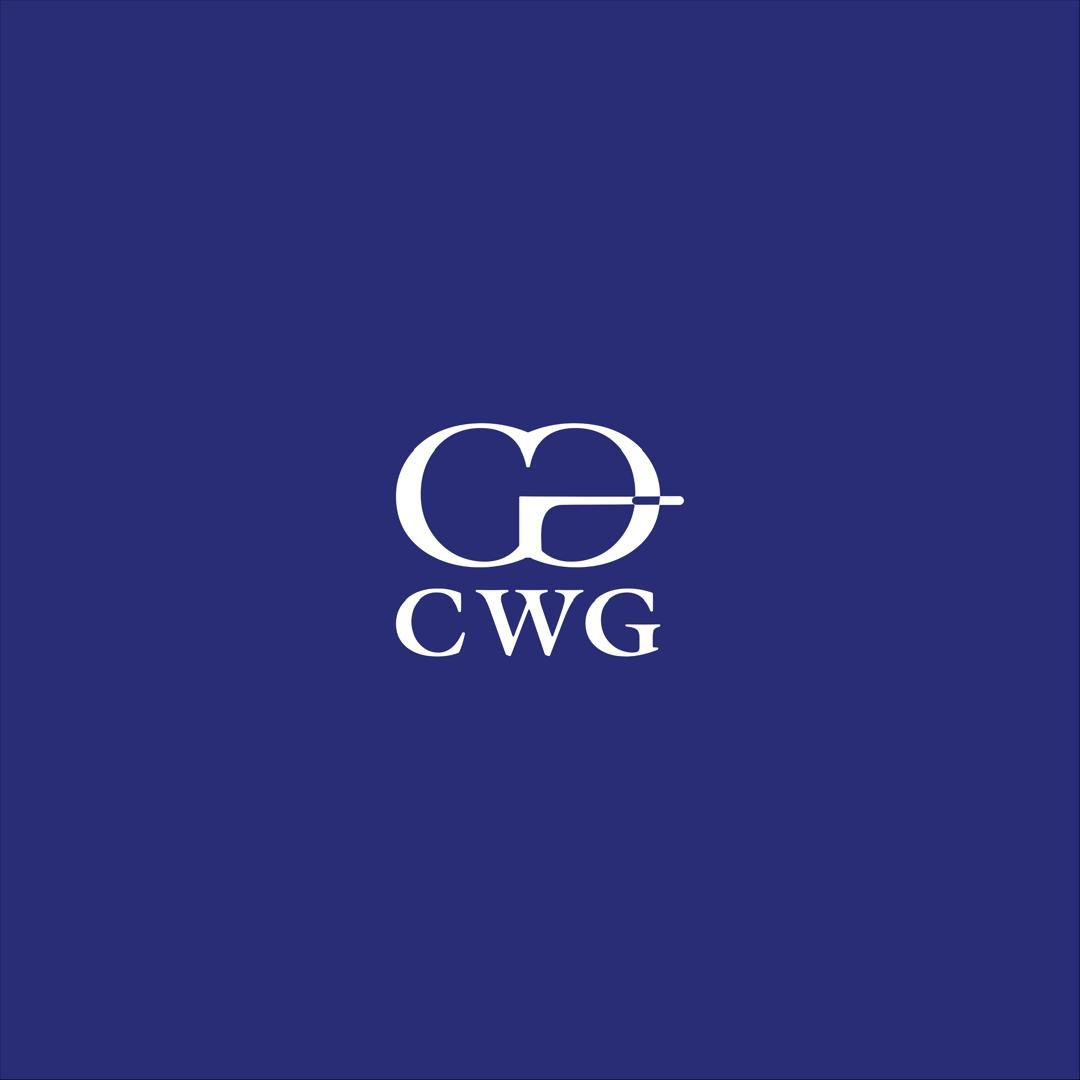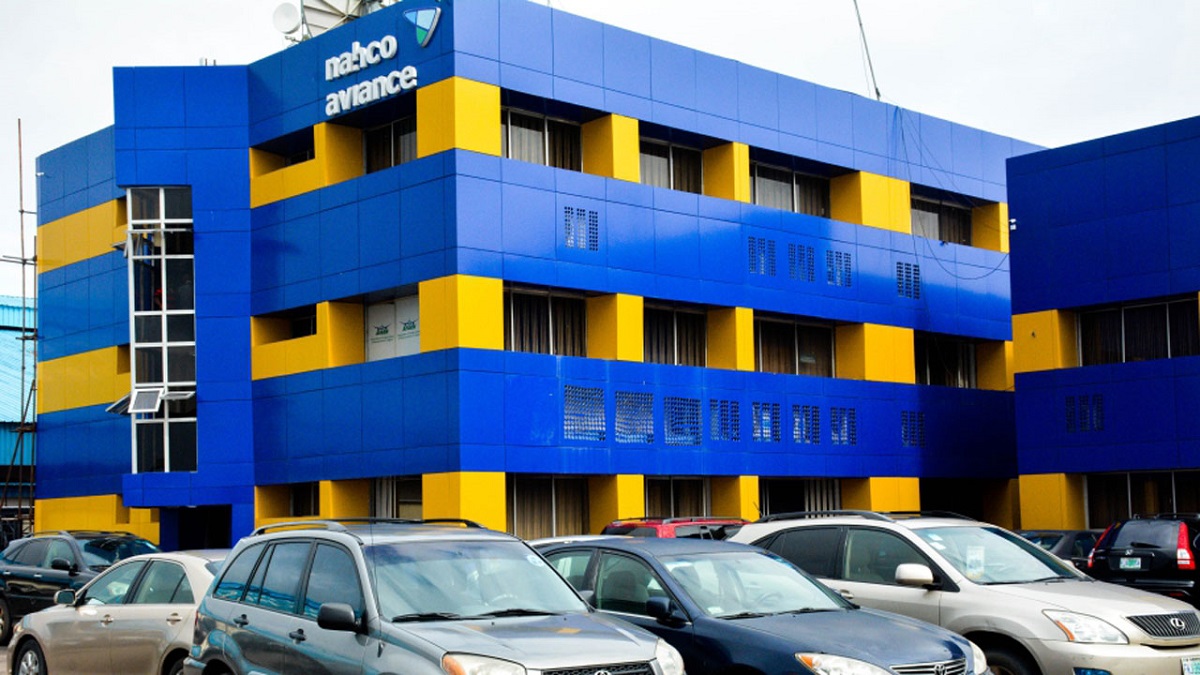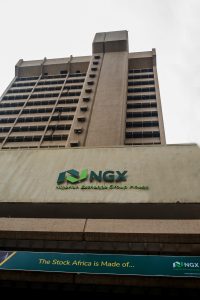
UBA Headquarters building
Quarter Under Preview: 9-Months
Current Share Price: N40.05
Price At Released: N40.05
Latest Final Dividend: N3.00
Latest Interim Dividend: N0.25
Estimated Beta Value: 0.53x
Estimated Intrinsic Value: N58.58
Analyst: Jeariogbe Tunde Segun
The Bank
United Bank for Africa Plc is a financial services group headquartered in Nigeria spread across sub-Saharan Africa, with presence in the United Kingdom, the United States, and France. The company is a financial institution offering a range of banking, pension fund custody and other financial services to customers in retail, commercial and corporate segments of the African market. Its operating segments include Corporate Banking, Retail/Commercial Banking, and Treasury and Financial Markets.

Financials
At the end of the 2025 nine-month period, the management of UBA Plc reported a Gross Earnings income valued at N2.468 trillion, a marginal increase from the N2.398 trillion in the comparable period of 2024. Of this, Interest Income stood at N1.980 trillion as against N1.798 in 2024, while Interest Expense amounted to N808.716 billion, compared to N695.571 billion.
Operating Expenses stood at N800.650 billion versus N778.379 billion in the corresponding nine-month of last year. After considering other activities, Profit before Tax stood at N578.597 billion from N603.483 billion, a marginal drop of 4.12%. The amount reported as Tax Expenses during the two period looks lower in rate, following which Profit for the year came tot N537.527 billion, marginally above the N525.313 billion in the corresponding period of 2024. See the below table for details:

From the table above, at the end of the nine months under review, UBA’s Total Assets amounted to N32.491 trillion, a marginal growth of 2.17% above the estimate in the corresponding period of 2024. Total Liability inched down by marginal 0.09% to N28.190 trillion, versus N28.25 billion in the similar period of last year. Thus, Total Equity is now value at N4.301 trillion from N3.585 trillion. Retained Earnings stood at N1.770 trillion, against the prior N1.305 trillion. The Total Deposit received through the nine months was valued at N26.538 trillion a marginal improvement over the N26.499 billion of last year, just as Total Loans dispensed through the period was N7.490 trillion, lower by marginal 3.75%. See the table above for details:
Financial Strength
1. Improved Solvency and Capital Strength: UBA’s solvency position improved modestly in 2025. The fall in the debt ratio (from 88.73% to 86.76%) and debt-to-equity ratio (from 7.87 to 6.55) indicates that UBA is gradually reducing its dependence on debt financing, a sign of improved financial resilience.
The rise in UBA Group’s equity ratio by 17.41% shows a stronger equity base, possibly driven by retained earnings, the fresh capital injections to enable it meet the N500 billion threshold set by the Central Bank of Nigeria (CBN)- its primary regulator, or the improved profitability. These trends suggest the group is better equipped to absorb potential shocks and meet long-term obligations.
2. Leverage Still High: Despite these improvements, UBA’s leverage ratios remain on the high side (with debt ratio above 80% and Debt-Equity above 6). This is not unusual for banks due to their line of business: borrowing (taking deposits) and lending. However, sustained reduction in these ratios will enhance capital adequacy and regulatory compliance, especially under the Basel III requirements.
3. Market Stability and Risk Profile: The beta value of 0.53 is a sign that shares of UBA Plc are less sensitive to market volatility. This indicates a defensive stock profile, as the bank’s shares tend to move slower than the overall market, suggesting a measure of investor confidence in UBA’s risk management and earnings stability. This low beta may also reflect its diversified operations across multiple African markets, which reduces its exposure to localized economic shocks.
Final Verdict on Financial Ratios: UBA’s 2025 9-month figures indicate a steady improvement in financial strength and solvency, compared to the level in 2024. As noted earlier, the bank is enhancing its capital base, reducing leverage, and maintaining a low-risk market profile. While leverage remains structurally high (as typical in banking), the overall direction is positive, suggesting that it is well-positioned for sustainable growth and stability heading into 2026.

Profitability Ratios;
1. Operating Efficiency: UBA slightly improved its EBITDA margin to 50.96%, reflecting strong core banking profitability and effective cost control. This is a pointer to the fact that the bank is managing its Operating Expenses efficiently, despite the inflationary environments across its markets.
2. Profitability Pressures: The decline in pre-tax profit margin implies rising costs, or a lower non-interest income which could stem from:
- Increased interest expense (as confirmed by rise in IE/GE),
- Loan loss provisions or credit impairment charges, or
- Currency revaluation effects across subsidiaries.
Nevertheless, pre-tax margins above 20% remain strong for a diversified African bank.
3. Improved Tax Efficiency: A significant drop from 12.95% to 7.10% suggests that UBA optimized its tax strategy, possibly through:
- Regional operations in lower-tax jurisdictions,
- Deferred tax asset recognition, or
- One-off tax benefits, or incentives.
This positively impacted net income and bottom-line growth.
4. Rising Cost of Funds: Interest expense now consumes 32.76% of gross earnings, up from 29%, indicating a higher funding costs, likely due to:
- The elevated interest rate environments in Nigeria and other African markets,
- Hightened competition for deposits, or
- Increased borrowing to fund asset growth.
This may have constrained net interest margins (NIM), contributing to the lower pre-tax margin.
5. Return on Equity: ROAE fell from 14.65% to 12.50%, reflecting reduced profitability, relative to the bank’s growing equity base.
This could be linked to higher equity capital, meaning returns are being diluted by stronger capitalization, a trade-off between risk and return. That notwithstanding, maintaining a double-digit ROAE in a tight-margin environment is a sign of resilience.
6. Return on Assets (ROAA stable at 1.65%): Stable ROAA implies a steady asset utilization and profitability, suggesting that UBA continues to generate solid earnings per Naira of assets employed. This is a positive indicator of consistent operational performance.
Final Verdict on Profitability Ratios: UBA’s 2025 9-Month profitability metrics show a mixed but generally stable performance:
- Operational efficiency remains strong, with solid EBITDA margins.
- Profit before tax fell modestly, reflecting tighter spreads and higher funding costs.
- Tax optimization boosted after-tax profitability, mitigating some of the pre-tax pressure.
- Returns on equity declined, but this may stem from a stronger capital base (as shown in solvency ratios), improving long-term resilience.
Overall, UBA Plc remains profitable, efficient, and resilient in a challenging macroeconomic and interest rate environment.

Efficiency Ratios
1. Operating Efficiency: The ratio declined marginally from 32.46% to 32.43%, indicating an excellent cost containment.
- UBA Plc continues to maintain a tight control on administrative and operating expenses relative to income.
- This efficiency likely helped support the stable EBITDA margins (as seen in profitability ratios).
- The bank remains operationally lean, sustaining cost efficiency even in a high-inflation environment across African markets.
2. Asset Utilization: UBA’s gross earnings-to-total-assets ratio improved slightly to 7.60%, showing better utilization of its asset base.
- This could result from improved yield on earning assets (e.g., higher interest income) or better contribution from non-interest revenue streams.
- The bank is earning more from each unit of asset, which is a good indicator of management’s ability to deploy assets efficiently.
3. Lending Activity: Loan-to-deposit ratio dropped from 29.37% to 28.23%, meaning a smaller portion of customer deposits is being converted into loans, hence the shrink in Loan Book as noted above.
This could reflect:
- A deliberate conservative credit stance due to the macroeconomic uncertainty, or
- Strong deposit growth outpacing loan expansion.
- While it limits interest income growth, it strengthens liquidity and risk coverage.
- UBA Plc’s low Loan-Deposit-Ratio enhances liquidity and reduces credit risk exposure but could moderate lending-related earnings if the trend continues.
Final Verdict on Efficiency Ratios:
UBA’s Q3 2025 efficiency metrics depict a well-run and operationally disciplined institution:
- Costs are stable and well-managed, protecting profitability.
- Assets are being used more effectively to generate income.
- Loan growth is measured, prioritizing balance-sheet strength and liquidity amid macroeconomic challenges.
Together with earlier solvency and profitability data, this suggests that UBA is managing growth prudently, maintaining strong efficiency, improving solvency, and sustaining solid profitability despite rising funding costs and tighter market conditions.

Investment Ratios
1. Earnings & Comprehensive Income Trends (EPS Dropped, and TCIP Dropped)
- EPS dropped by approximately 15%, reflecting the moderate decline in profitability (as shown by the lower pre-tax margins and ROE).
- The sharp fall in TCIP/Share (-62%) suggests the absence of non-recurring gains (e.g., FX or fair-value adjustments) that inflated 2024’s results.
- We can therefore conclude that the 2025 9-Month earnings are more organic and sustainable, though total comprehensive income is less boosted by one-offs.
2. Market Valuation and Investor Confidence (P/E-Up, PBV-Up)
- P/E rose to 1.02x, meaning investors are now willing to pay more per unit of earnings, a strong indicator of improving market sentiment.
- The PBV ratio rose 51%, suggesting that UBA Plc’s market price is catching up with its intrinsic book value.
- This simply implies that despite the lower EPS, the market outlook is positive — investors may be anticipating recovery, dividend strength, or stability.
3. Earnings Yield (dropped by 43.6%)
- Although down sharply, the 32.7% Yield still implies that UBA Plc’s shares remains undervalued relative to its earnings power.
- This could be an attractive signal for value investors, especially given its improving solvency and efficiency indicators.
The Implication is that the stock may still be underpriced relative to fundamentals, offering long-term upside potential.
4. Book Value Stability (BVPS is steady)
- Stable book value per share (₦104.8) confirms UBA has preserved its capital strength, even as profitability softened.
- Combined with the solvency ratios (equity ratio up by 17.4%), this shows solid capital adequacy and prudent management.
Final Verdict on Investment Ratios: UBA Plc’s investment and valuation ratios reveal a group which despite experiencing moderate profit compression, remains financially robust, efficiently managed, and increasingly attractive to investors.
- EPS and TCIP declines reflect normalization after an exceptional 2024.
- Rising valuation multiples (P/E and PBV) signal renewed investor optimism and potential share price re-rating.
- The stock remains deeply undervalued (PBV less than 0.4x) relative to its strong equity base and consistent returns.
- When combined with its improving solvency, stable efficiency, and solid liquidity, UBA presents as a defensive yet value-driven investment opportunity in the African banking sector.

Recommendations:
Despite short-term earnings compression, UBA remains fundamentally strong, with healthy capitalization, strong liquidity, and consistent efficiency.
The bank’s undervalued share price (PBV less than 0.4x) offers significant upside potential for long-term investors. As macroeconomic conditions stabilize and funding costs ease, UBA is well-positioned for earnings recovery and dividend growth in 2026.

Caption: Tony Elumelu, Chairman, UBA Plc (left) and Oliver Alawuba, the Group Chief Executive Officer during the group’s Annual General Meeting on April 25, 2025.
UBA Q3 2025 reflects a solidly managed institution transitioning from exceptional 2024 gains to sustainable, quality-driven growth.
The balance sheet is stronger, the cost structure lean, and market confidence is improving — all pointing to long-term value creation and shareholder resilience.















